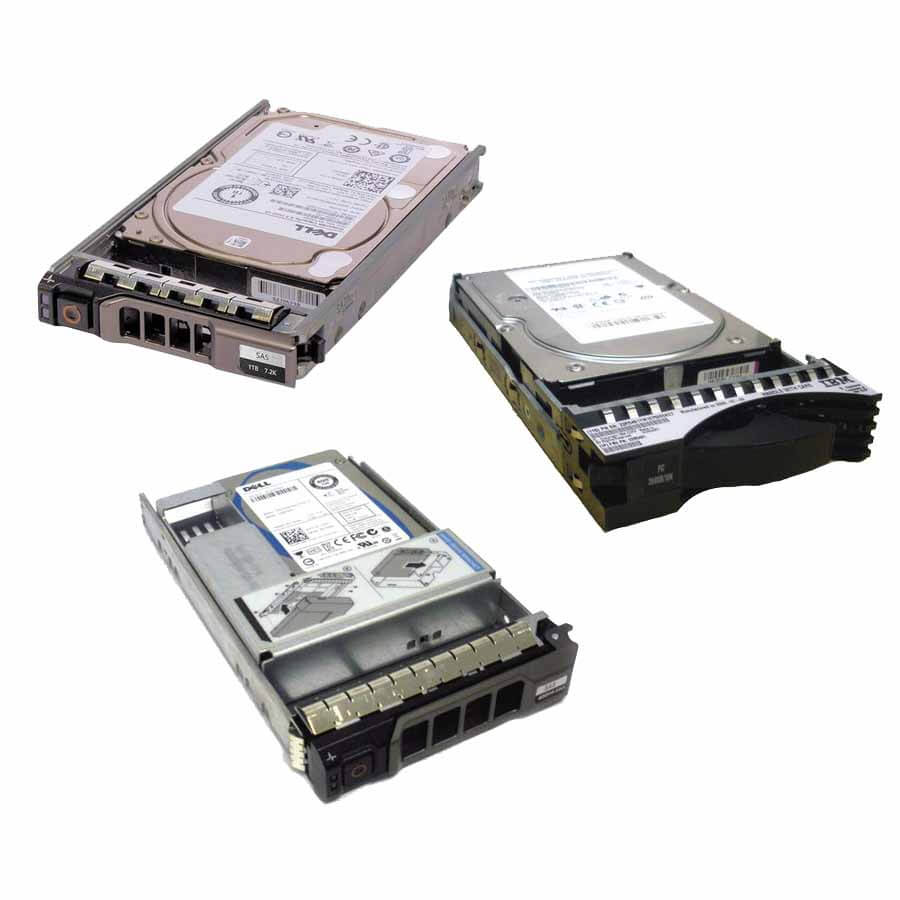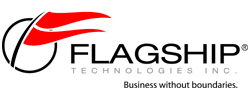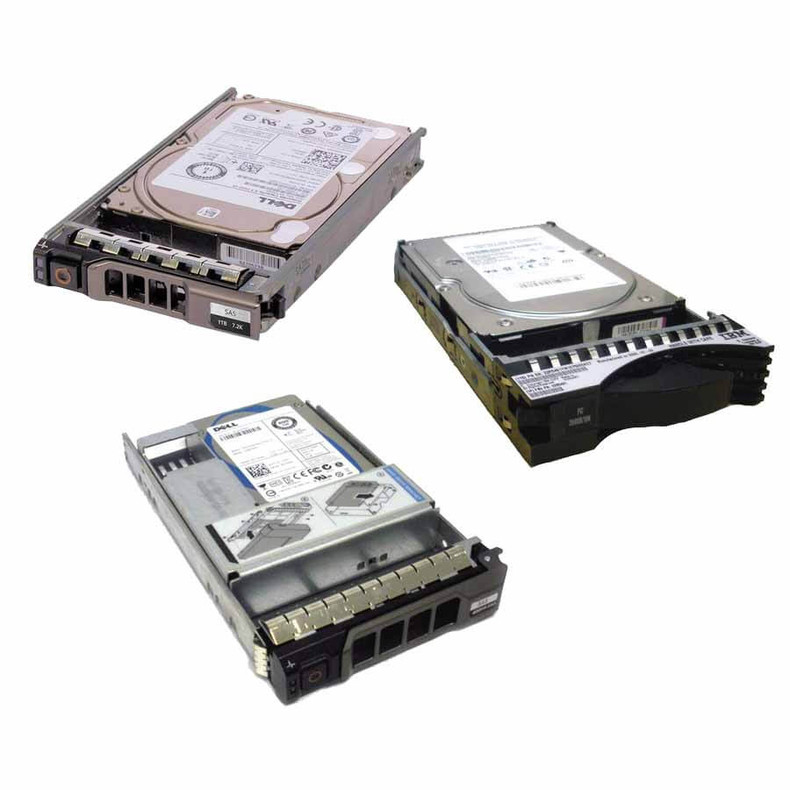
The best form factor for a server hard drive depends on the specific needs of the server. For example, a server that needs to store a large amount of data may require a 3.5-inch drive with a high capacity. A server that needs to provide high performance may require a newer form factor U.2 or EDSFF drive with a high rotational speed.
The two most common form factors for server hard drives are 2.5-inch and 3.5-inch:
- 2.5-inch form factor: Also known as small form factor (SFF). It is typically used in laptops, servers, and storage systems. 2.5-inch drives are smaller and lighter than 3.5-inch drives, making them ideal for portable devices. They also offer more capacity options than 3.5-inch drives.
- 3.5-inch form factor: Also known as large form factor (LFF). It is typically used in desktop computers and servers. 3.5-inch drives are larger and have more capacity than 2.5-inch drives. They are also more durable and can withstand more vibration than 2.5-inch drives.
Here is a table that summarizes the key differences between 2.5-inch and 3.5-inch server hard drives:
| Feature | 2.5-inch | 3.5-inch |
| Form factor | 2.5 inches | 3.5 inches |
| Dimensions | 100 x 70 x 7 mm | 146 x 101.6 x 26.1 mm |
| Weight | 0.125 kg to 0.25 kg | 0.45 kg to 1.25 kg |
| Capacity | 250 GB to 10 TB | 1 TB to 18 TB |
| Interface | SATA, SAS, NVMe | SATA, SAS, NVMe |
| Durability | Less durable | More durable |
| Vibration resistance | Less resistant | More resistant |
| Price | More expensive | Less expensive |
In addition to these two form factors, there are also a few other less common form factors for server hard drives, including:
- 5.25-inch form factor: Is a legacy form factor that is no longer widely used.
- U.2 form factor: This is a newer form factor that is designed for high-performance NVMe SSDs. U.2 drives offer the same form factor as 2.5-inch SATA drives, but they use a different connector that allows for higher data transfer speeds.
- M.2 form factor: Is a high-performance form factor that is used for NVMe SSDs and SATA SSDs.
- EDSFF (2.5-inch): This is a newer form factor that is designed for high-density NVMe SSDs. EDSFF drives are smaller and more efficient than U.2 drives, but they are not as widely supported.
There are also a few other factors to consider when choosing a server hard drive, such as the interface, the capacity, and the rotational speed.
- Interface: The server hard drive interface is the way that the hard drive communicates with the server. The most common interfaces for server hard drives are SATA and SAS. SATA is a less expensive interface, but it offers lower data transfer speeds. SAS is a more expensive interface, but it offers higher data transfer speeds.
- Capacity: The capacity of the hard drive is the amount of data that it can store. Server hard drives typically have capacities ranging from 1TB to 10TB.
- Rotational speed: The rotational speed of the hard drive is the number of times per minute that the platters inside the drive spin. Hard drives with higher rotational speeds offer faster data transfer speeds. However, higher rotational speeds also generate more heat, which can impact the performance of the server.
Flagship Technologies is a leading provider of refurbished server storage, including a wide variety of server hard drive form factors. We offer 2.5" and 3.5" hard drives, as well as solid state drives (SSDs).
If you are looking for reliable, durable, and high-performance server hard disk drives, then Flagship Technologies is a great option. We offer a wide variety of drives to choose from, and they are backed by a warranty.

